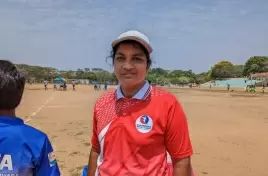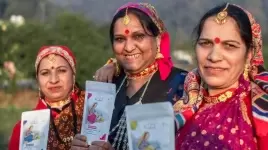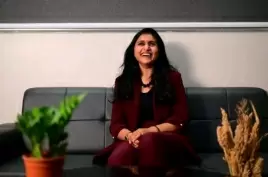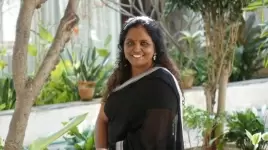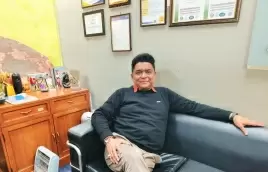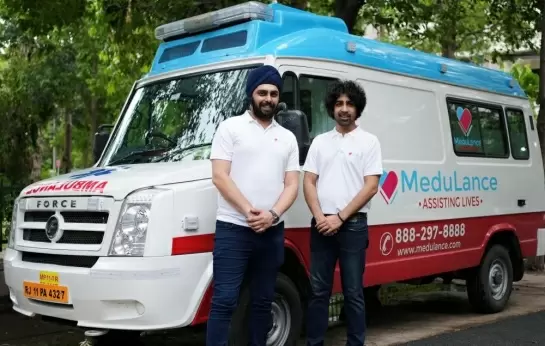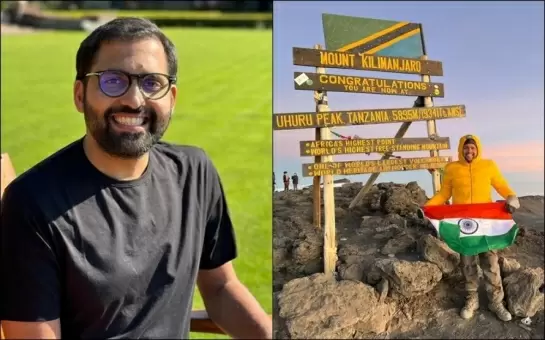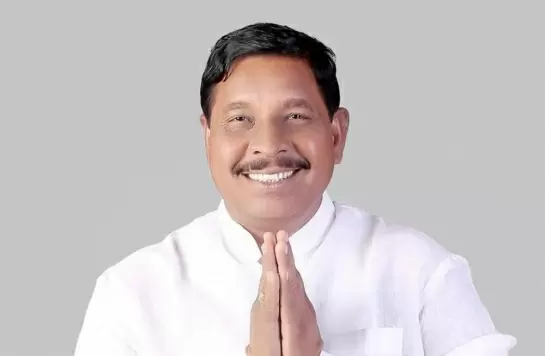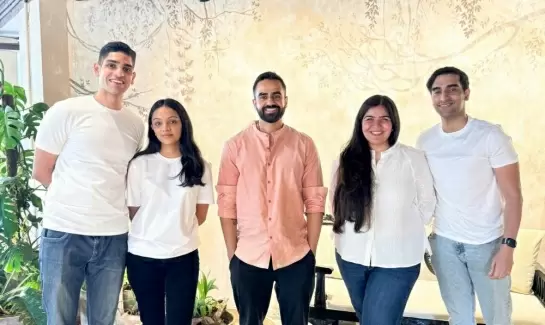A healthy attitude in a group of doctors makes villagers healthy
30-November-2012
Vol 3 | Issue 48
In a small dusty village called Ganiyari on the outskirts of Bilaspur in the strife-torn state of Chhattisgarh a group of doctors from the country’s top medical institutions began a unique experiment.
They gave up lucrative jobs, sparkling city lights and hefty pay packets to settle with families and school-going children in a remote tribal area in pursuit of a dream; a dream to provide quality healthcare to the poorest of the poor.
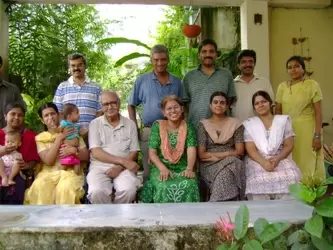 |
|
Real life heroes: The doctors who volunteered to serve in remote tribal areas (Photo: Gunjan Veda WFS)
|
Amidst the skeletal buildings of an abandoned colony of the Department Of Water Resources they saw the contours of this dream.
Painstakingly, five of the buildings, which were completely unusable, were repaired to create a hospital for the adivasis that is setting the benchmark for developing low cost health technologies in India today. An excerpt from Beautiful Country – Stories From Another India.
It was November 2006. We were in Bilaspur, Chhattisgarh, having driven 110 km on the road from the state capital, Raipur. …
… We set off towards the tehsil of Takhatpur . Located twenty kilometres from Bilaspur, more than half the tehsil’s population comprises scheduled castes and tribes.
Ten years ago, it was here, in a small dusty village called Ganiyari, that a group of doctors from the country’s top medical institutions had begun their unique experiment. They were all young and determined to make a difference.
In Ganiyari there was an abandoned colony of the Department of Water Resources. In the broken-down buildings of this skeletal colony, they saw the contours of a dream. So they leased it for thirty years from the state. At the time, it was still part of Madhya Pradesh State (Chhattisgarh State came into being in November 2000).
Five of the buildings, which were completely unusable, were painstakingly repaired to create a space for providing healthcare to tribals. Today, thousands of adivasis and other poor villagers come here for healthcare.
It was getting dark by the time we reached the hospital campus. At the entrance, nine doctors were standing to receive us. These were graduates from the country’s premier medical colleges – AIIMS (All India Institute of Medical Sciences, New Delhi) and CMC (Christian Medical College, Vellore) – all in their thirties.
They had given up lucrative jobs, sparkling city lights and hefty pay packets to settle with families and school-going children in a remote tribal area in pursuit of a dream; a dream to provide quality healthcare to the poorest of the poor. …
For this team of men and women, who abide by the Hippocratic oath, treating patients is not just a job. It is a passion. For them, the crumbling irrigation building that they have managed to lease from the state government is the gateway to a dream. Within its decrepit walls they have built their Jan Swasthya Sahyog (JSS). …
They told us how they were trying to ensure maximum outreach with the little money they received from donations. They use low-cost drugs for treatment which are obtained from organizations such as Vadodara-based LOCOST.
The difference in price is 200-400 per cent. The charts showing the rates for medicines are in full public view at the hospital. The OPD charge for registration and consultation is Rs 6.
If the patient is very malnourished, the doctors assume that she is extremely poor and even this small fee is waived off. Medicines are provided free of charge.
Thirty-seven different types of pathological, biochemical and microbiological investigations are available at rock-bottom prices, thanks to the low-cost technology developed by doctors here. The Ganiyari method for early detection of urinary tract infections costs less than Rs 2 per test, anaemia Re 1, diabetes Rs 2, pregnancy Rs 3. ...
Healthcare professionals are talking about low-cost technologies and the Ganiyari Model is becoming steadily recognized.
Dr Raman explained one simple intervention which had a lasting impact. “Our most innovative strategy is the malaria detection system. Falciparum malaria is endemic to this region, and the testing facilities are too few and far.
“Often, doctors give the World Health Organization (WHO) prescribed four tablets of cholroquine and wait for the test results. But falciparum malaria can kill very quickly and many lives are lost in the process.”
This we had seen with our own eyes moments after we entered the hospital. A weeping family stood beside a small body covered with a sheet. It was an eight-year-old boy who had died on his way to the JSS health centre.
.webp) |
Four days before he died, he had made daily visits to the mini-PHC of his area. But no malaria test had been conducted. “WHO has recommended a Rapid Diagnostic Test which provides results in twenty minutes but it costs Rs 100, which is too expensive. Something much cheaper had to be devised,'”Dr Raman continued.
So one day, the JSS team found the cheapest way. They began training neo-literate village health workers in taking blood smears. These were then labelled and neat packed in small soap cases which were handed over to school children.
When the children got on the public bus, they handed the small boxes to the bus drivers. During their journey, the drivers dropped the packets at the JSS health centre. Here, they were immediately tested and the reports sent back through the same bus drivers on their return trip.
Their 'free courier system' has been operating in twenty-one villages for five years and has saved many lives. Now the JSS doctors are extending this to cover TB detections. ….
Ganiyari is about dedicated professionals who work directly with people. It is about treating patients as partners in affecting their own cure; about using low-cost technologies; about mobilizing local resources like school-going children who drop and pick up malaria slides on their way to school and back.
And the results of all this is healthcare for the poorest of the poor. Not only have the dedicated doctors here devised alternatives to high-priced tests and medicines, they have offered a solution to one of our most intractable problems - human resources in healthcare.
(Excerpted from Beautiful Country – Stories From Another India By Syeda Hameed and Gunjan Veda; Published by Harper Collins) - Women's Feature Service



